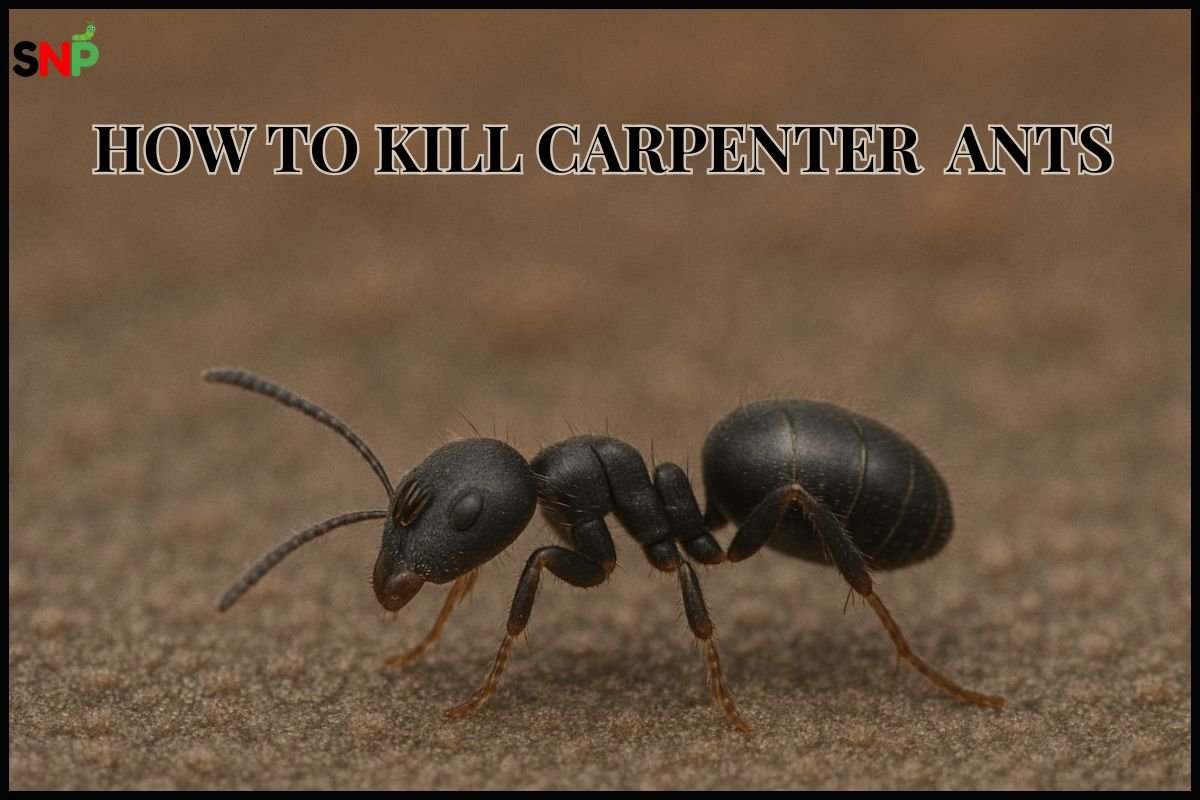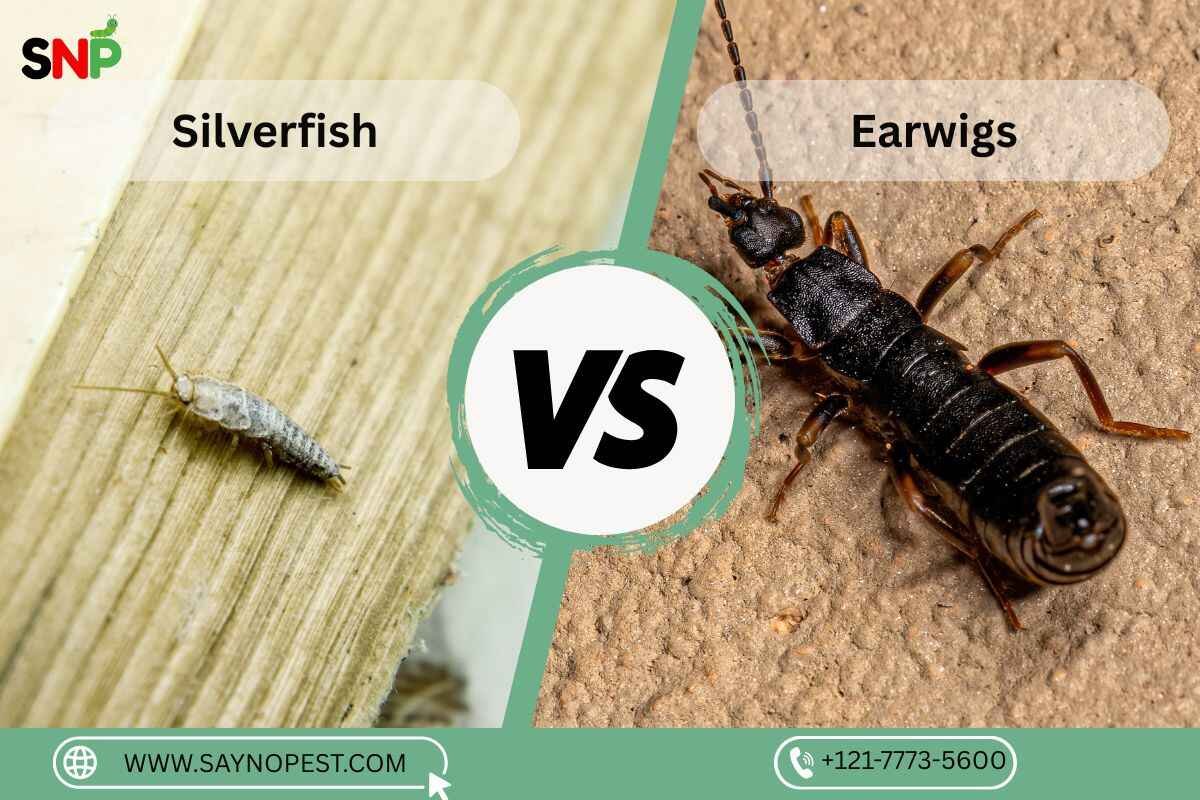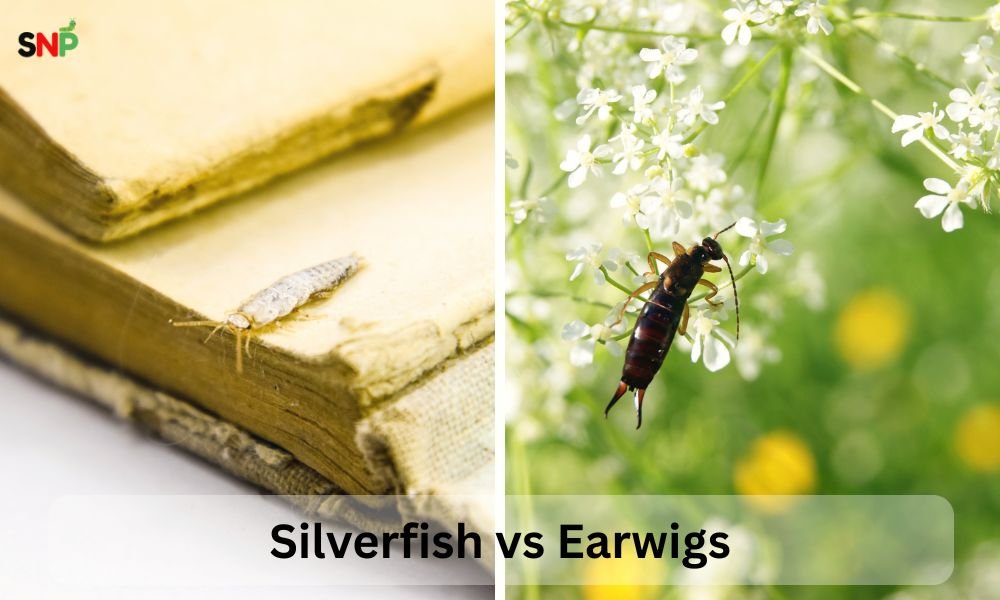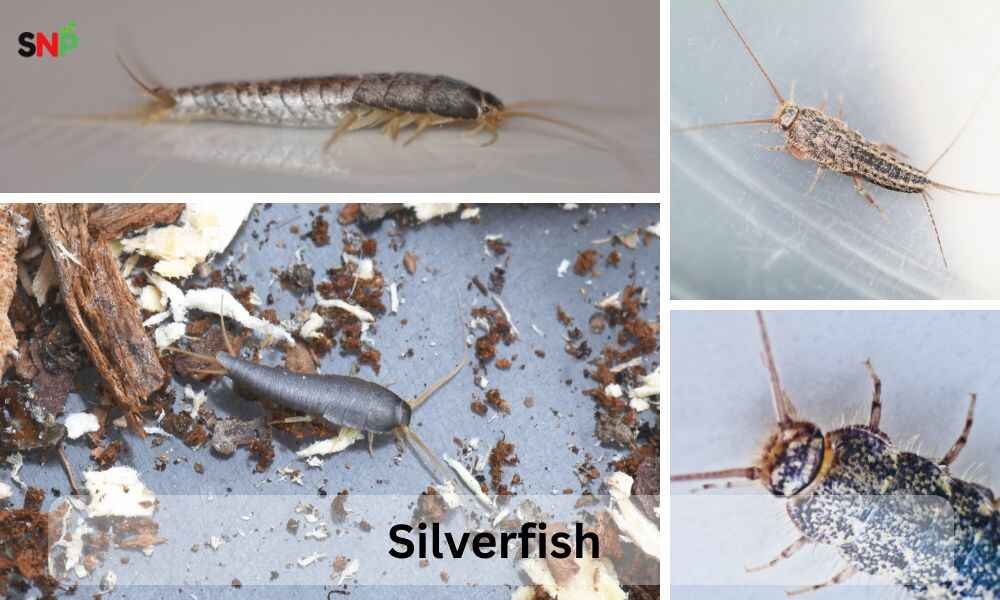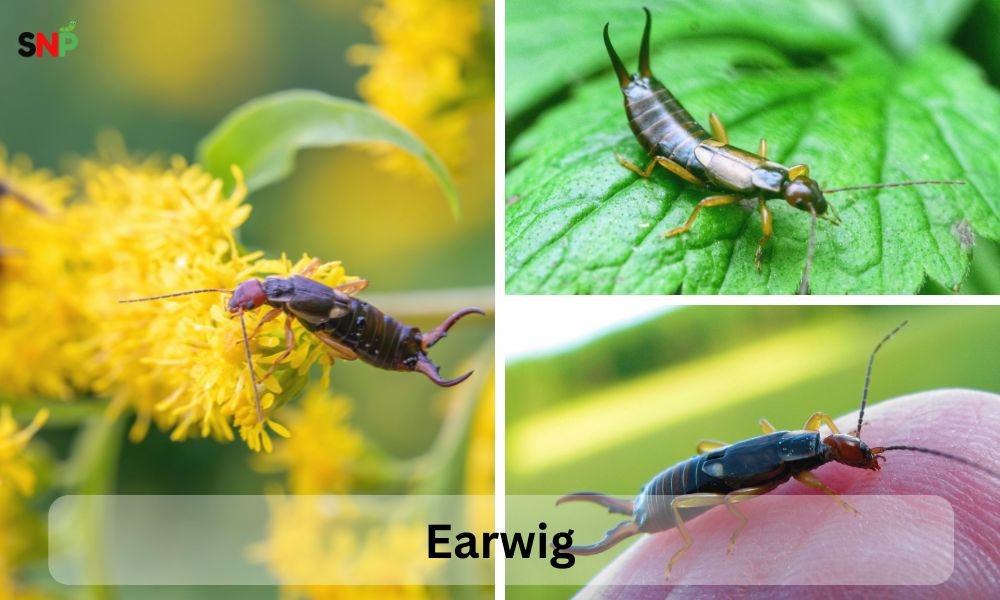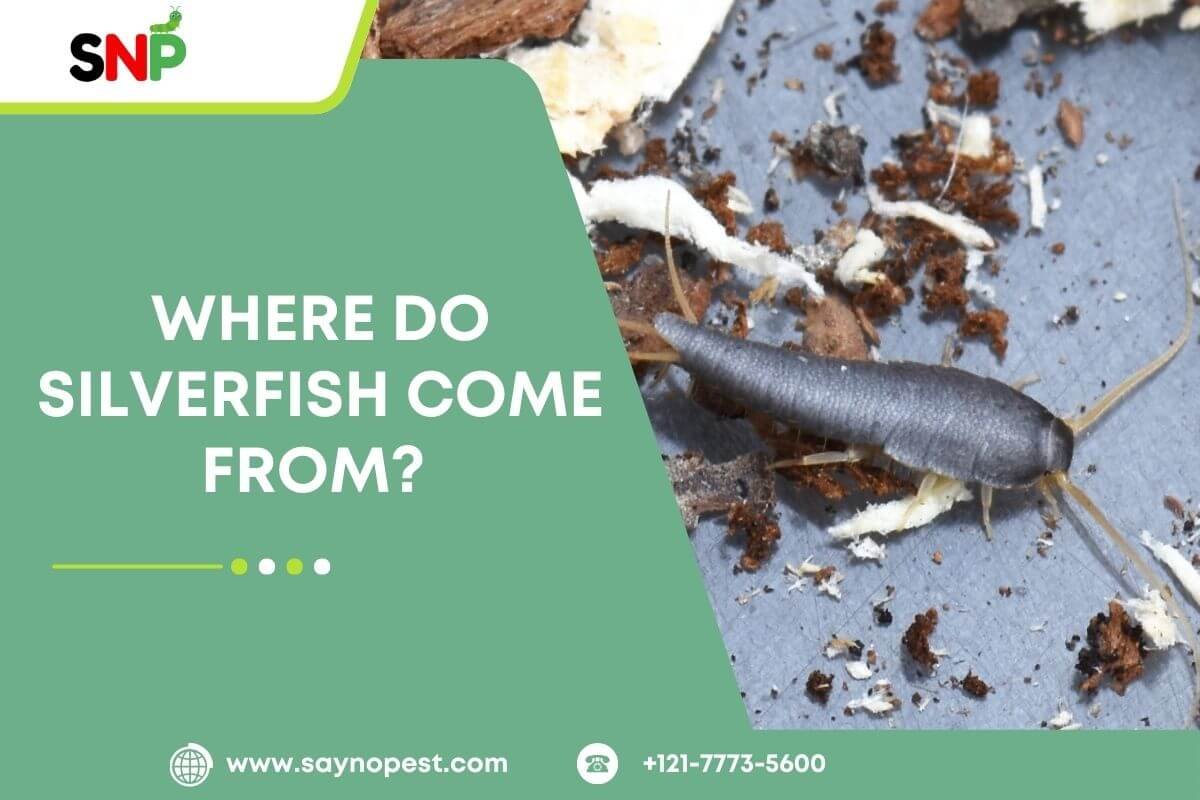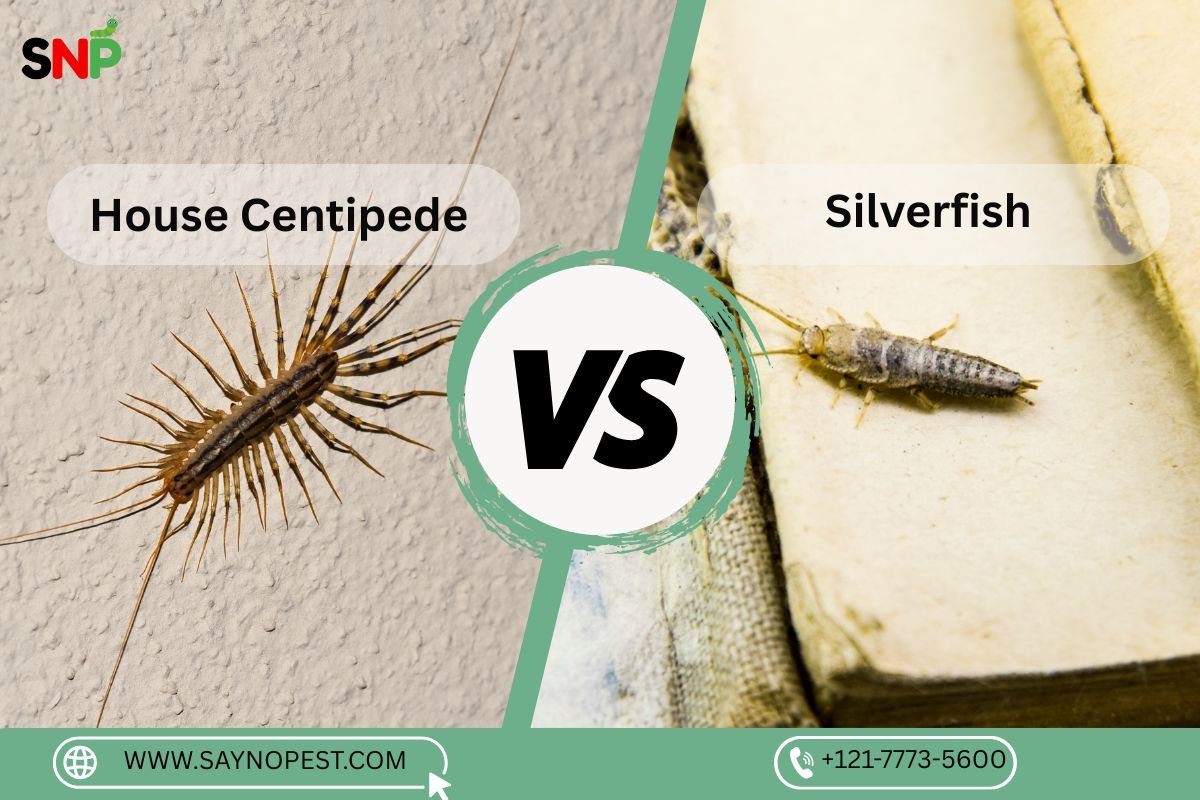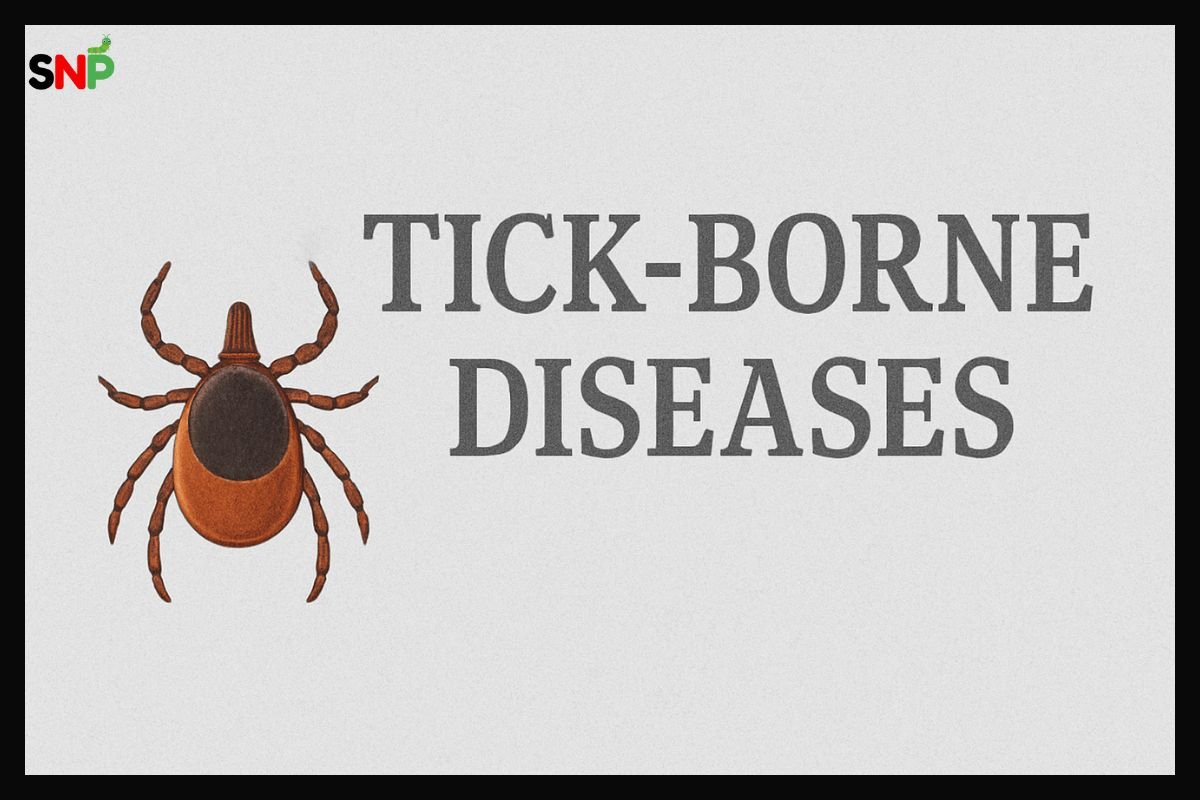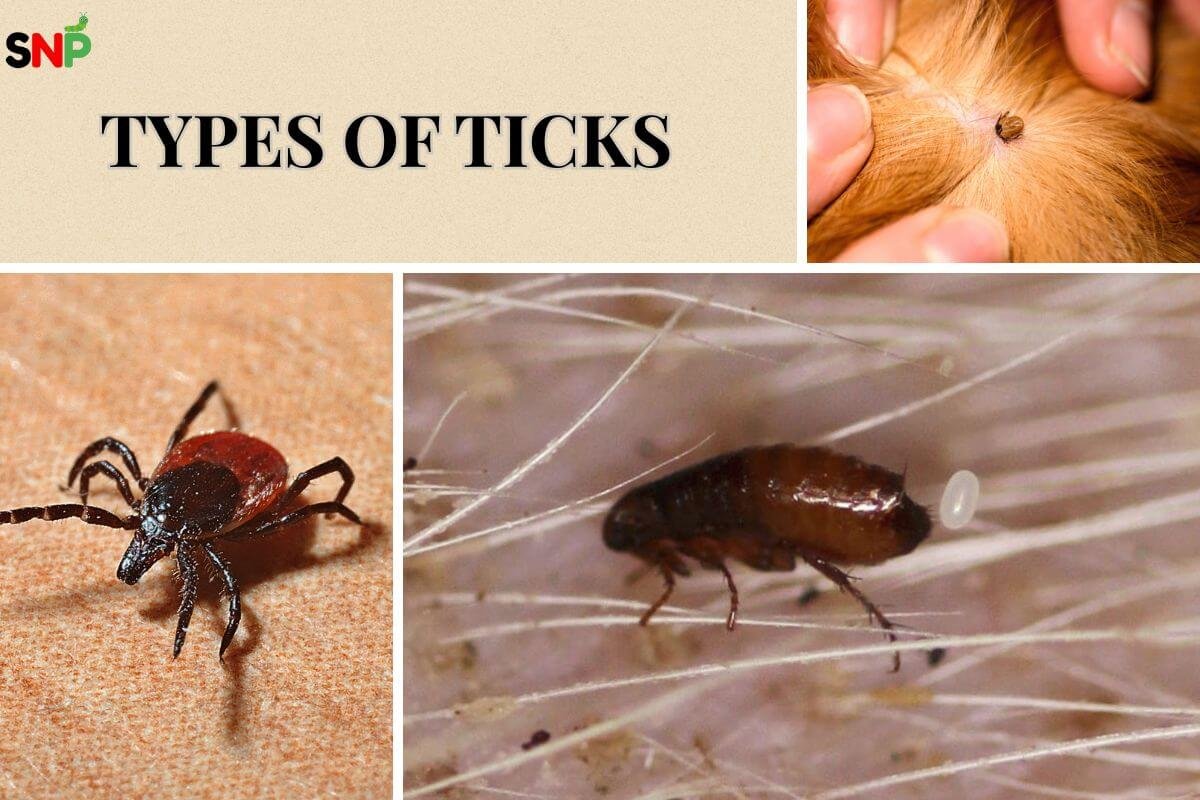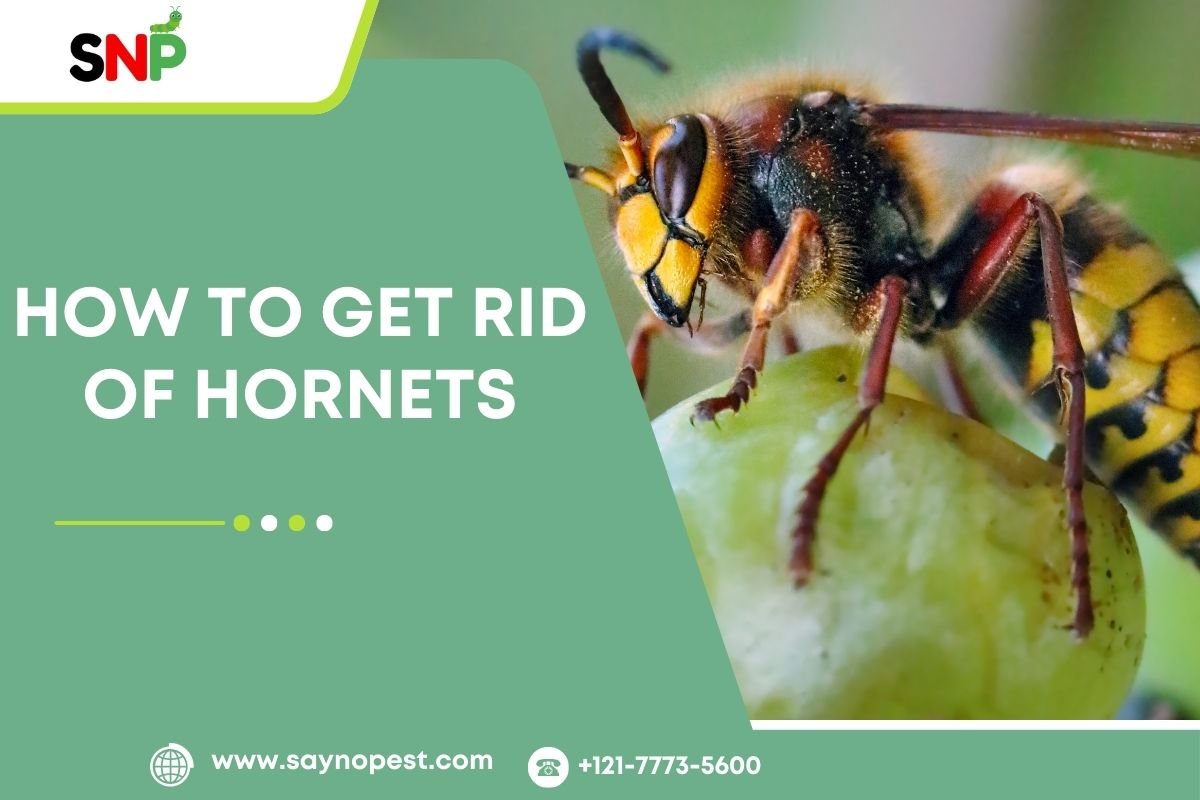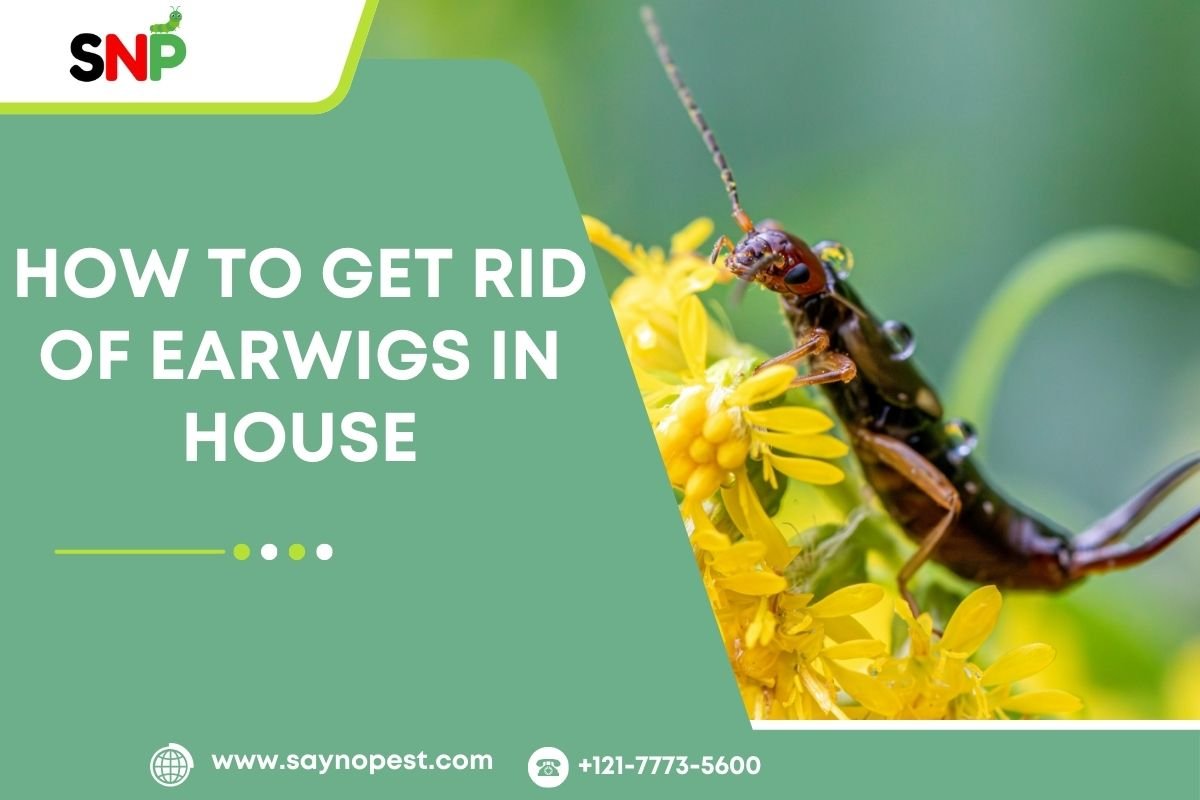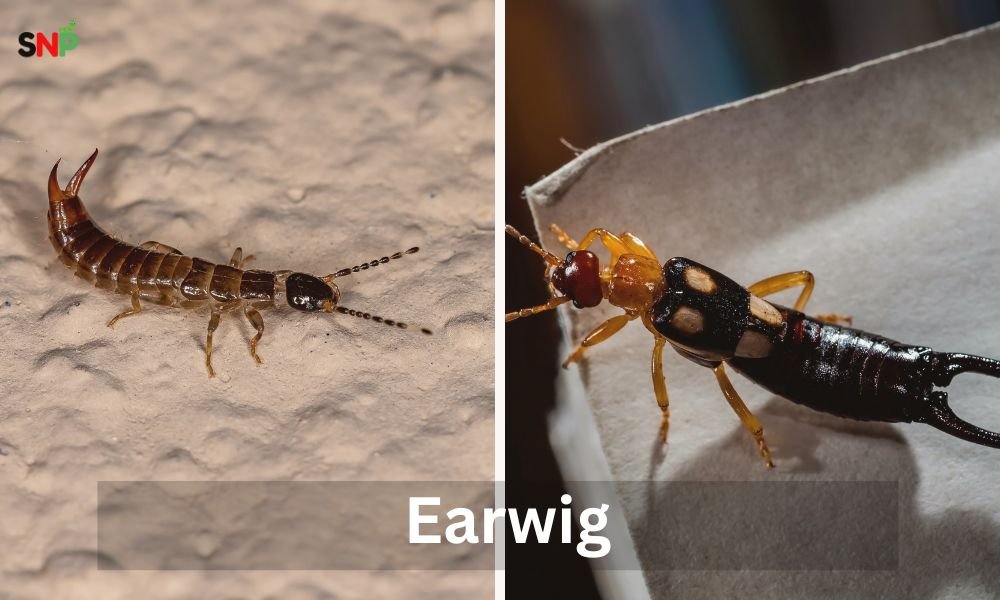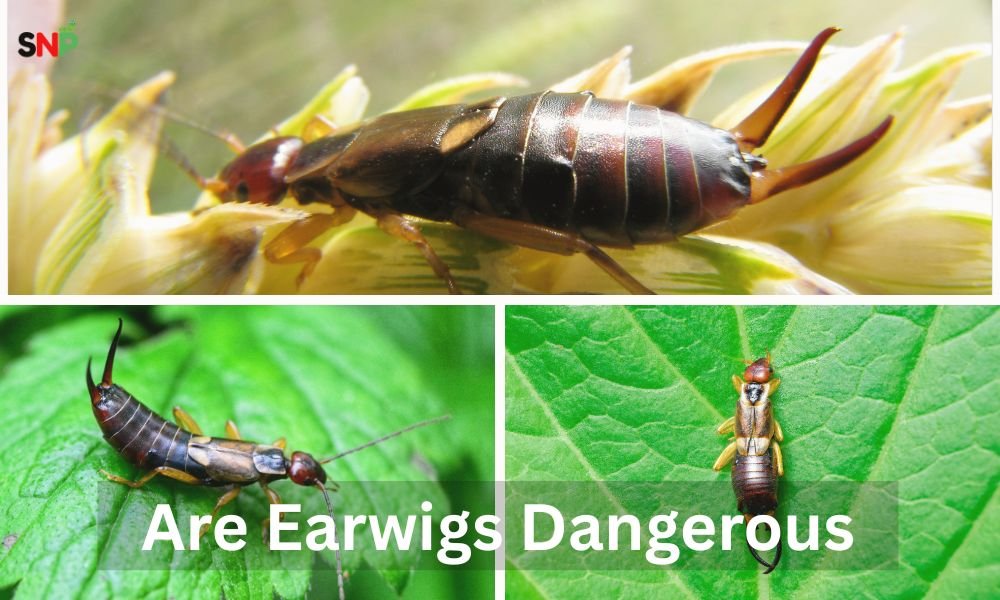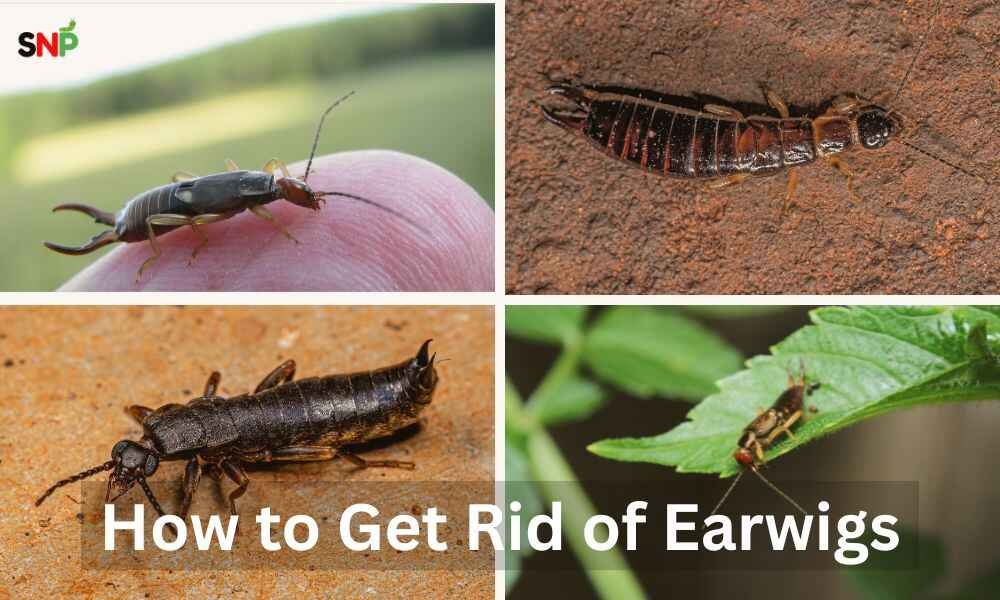One of the most common threat to homeowners in the United States are the infestations of carpenter ants. They build their nests in the wood by making tunnels and thus cause damages to homes. These are very expensive to repair. Unlike termites, they don’t eat wood. Knowing how to kill carpenter ants is necessary for many reasons, let’s explore them in this article!
Do carpenter ants bite?
You may ask yourself, do carpenter ants bite? They do bite, but it is a rare thing. Carpenter ants bite only when are provoked in any way.But, even when they do, their bites are light and pose no risk to the health of humans and pets. You might sense a slight burning feeling, but it will go away quickly. Unlike fire ants, the bites of carpenter ants cause problems like small swelling, etc.
10 Ways for how to kill carpenter ants

Got the problem? Here are ten proven methods of how to kill carpenter ants and to keep your home free from them:
1. Find the Nest:
Your first course of action in the endeavor of how to kill carpenter ants would be to locate their nest. The signs you can look for are piles of sawdust, noises of movement in walls, or a group of ants trailing along the way to the wet wood.
2. Use Ant Baits:
Place purchased or homemade ant baits on the ant routes. Worker ants will transport the bait back to the nest, thus they will spread the poison and rid the colony. It can be said that one of the best alternatives to how to kill carpenter ants is this method here.
3. Use Non-Repellent Insecticides:
Apply a non-repellent insecticide around the house boundary. Carpenter ants would not be able to sense those insecticides hence they will walk through them and would eventually carry the toxins back to the nest.
4. Powder Insecticides:
Dust the wall voids, baseboards, or other infested areas with insecticide. The dust gets stuck on the ants and penetrates throughout the colony, making it an efficient way to kill carpenter ants.
5. Boric Acid and Borax:
Both boric acid and borax are kid and pet-safe as long as followed basic safety rules. Feed the ants sugar or peanut butter mixed with the substances, and in no time, they will consume the food. These baits work slowly and thus give the ants enough time to spread the poison.
6. Food-Grade Diatomaceous Earth:
Dust diatomaceous onto ant trails and other places they are entering the house through. The product, being all-natural, cuts off the water supply and kills the ants in one fell swoop. It is a non-toxic way to how to kill carpenter ants.
7. Close the entry:
Close the openings like cracks, gaps, and holes with the help of sealants for windows, doors, and foundations to not let the ants in. By doing this, you not only keep those creatures away, but you also send them to bait stations.
8. Eliminate Dampness:
Carpenter ants simply adore waterlogged wood. Therefore, it makes sense that eliminating excess moisture, fixing leaks, more natural ventilation, and keeping wood dry would repel these pests.
9. Cut Off Vegetation:
Remove the extension of tree branches and shrubs close to your house. Ants heavily rely on these to access our homes so by trimming you effectively reduce their reach.
10. Consult a Professional:
If your own attempts at pest management are unsuccessful, contact a pest control service. Professionals have access to a wider variety of products and have the necessary skills. They safely and thoroughly exterminate a big infestation, thus giving you full relief from the problem.
What kills carpenter ants?

Know what kills carpenter ants, to end their infestation. The most favorable outcome is achieved using a combination of the most suitable baits and insect poison.
- Bait that is enhanced by a combination of Boric Acid, Abamectin, and Fipronil: This kind of new bait has proven to be very useful in ant eradication. The transport of the bait by the ants to the nest causes the destruction of the entire colony, along with the queen.
- Repellent-free reception of Aerosols: The products filled with zeta-cypermethrin or any other similar ingredient are able to get rid of ants immediately upon contact and at the same time, they keep affecting the ants going through the treated surfaces.
- Food-Grade Diatomaceous Earth and powdered Borax: Those are the natural ways of ant control that are non-toxic to your pets and are functional in a way that the ants are killed by either causing damage to their exoskeleton or by disturbing their digestive systems.
- Perimeter Insecticide Dust: It is possible to go to the extent of the colony in to kill them where other methods such as sprays and baits do not have the reach.
- Chemicals that are of Professional Grade: People who carry licenses can employ special baits and sprays that are not accessible to the public and as a result, they can solve severe infestations more comprehensively.
Just adhere to the label’s instructions so as to safeguard pets and also do not put baits or chemicals where pets can get access to them. Always observe pet safety instructions and avoid baits or chemicals in places where pets can easily find them.
Conclusion
After you have acquired the knowledge and you understand how to kill carpenter ants, you will protect your home and your pets from damage and discomfort. Ants is a persistence issue in homes, so you have to follow all the instructions and keep your house dry and clean all the time. If at any moment, you feel the need to go to others for help, please do not postpone contacting the professionals.
